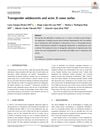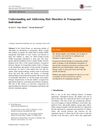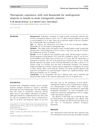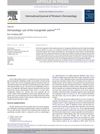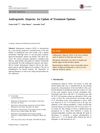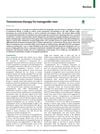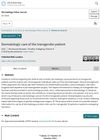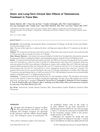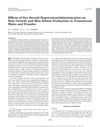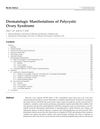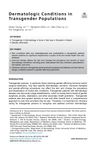Issues in Transgender Dermatology: A Systematic Review of the Literature
March 2019
in “
Journal of The American Academy of Dermatology
”
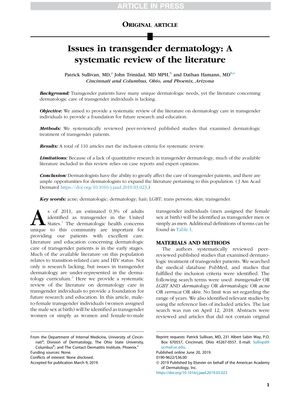
TLDR The review highlights the need for more research on transgender dermatology, the role of dermatologists in gender affirmation, and the effects of hormone therapy on skin and hair.
The 2019 systematic review identified 110 articles addressing the dermatologic needs of transgender patients, revealing a scarcity of quantitative research and a reliance on case reports and expert opinions. It found that dermatologists play a crucial role in gender affirmation treatments, managing complications from illicit filler use, and treating acne and hair disorders due to hormone therapy. The review noted that testosterone therapy in transgender men can lead to increased hair growth but also androgenic alopecia, with 32.7% experiencing mild hair loss and 31% developing moderate-to-severe pattern alopecia after an average of 10 years. Finasteride at 1 mg daily was effective for hair growth without affecting virilization. For transgender women, electrolysis and laser hair removal were discussed, along with the complications of illicit fillers and diagnosing HPV in neovaginas. The review called for more research, including on androgenic alopecia treatment and barriers to dermatologic care, and urged dermatologists to provide culturally competent and specialized care to transgender patients.
